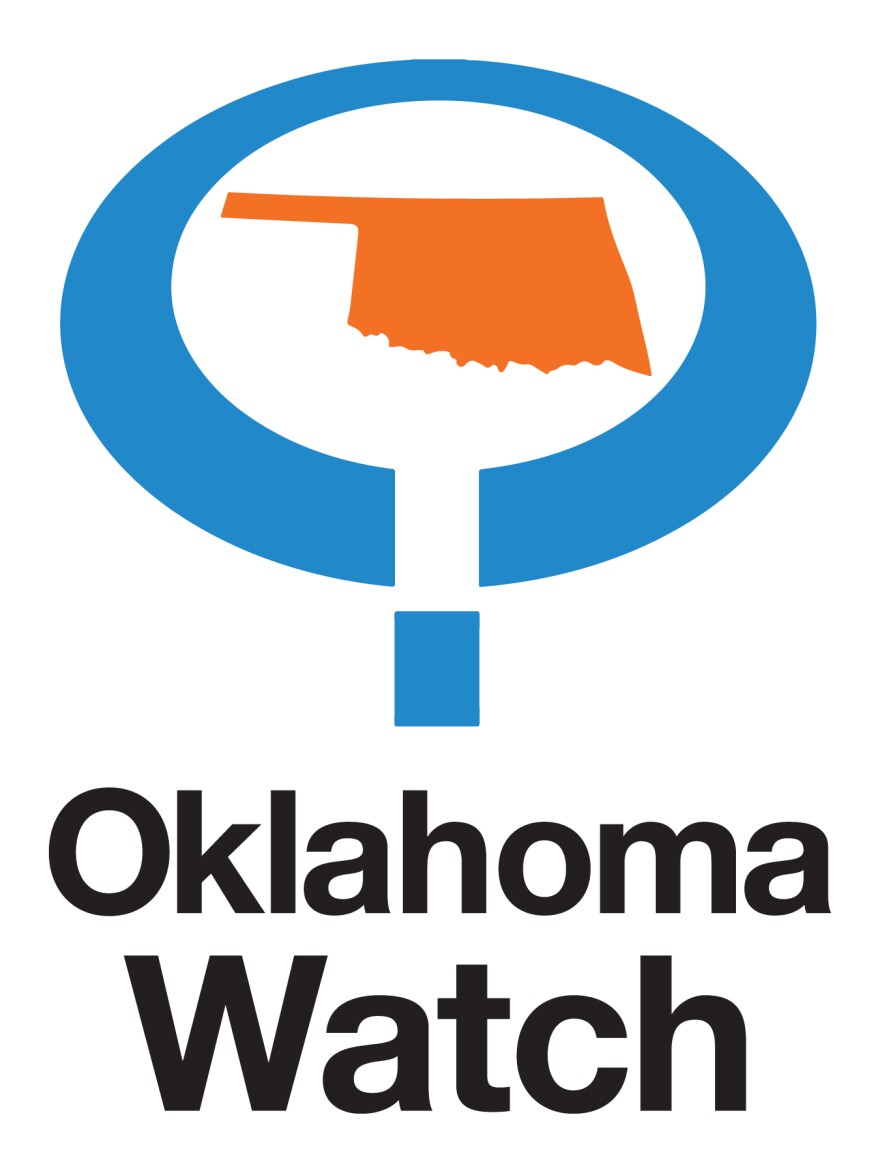Already one of the most conservative states in the nation, Oklahoma continues to grow redder.
The state Election Board’s recent annual count of registered voters on Jan. 15 found that Republicans made up 46.8 percent of registered voters, compared with 38.2 percent for Democrats and 14.8 percent for independents.
For Republicans, the total represented a one-percentage-point increase from the same date last year. It was the 20th consecutive year Republicans increased their proportion of the state’s total registered voters.
The last time Republicans saw a slip in registered voters was in 1998, and it was only a tenth of a percentage point. Democrats made up 58.2 percent and Republicans 34.8 percent of registered voters that year.
The data could spell trouble for Democrats seeking to expand their position in the state Legislature. A legislative-district-level analysis also shows challenges for the party.
Of the 149 House and Senate districts, only one – House District 44, held by Rep. Emily Virgin, D-Norman – saw an increase in the proportion of registered Democrats compared with data from the last general election in November 2016.
Republicans increased their share of the total registered voters in 132 districts. The biggest growth, a 2.6 percentage-point increase, occurred in House District 32, which is held by Rep. Kevin Wallace, R-Wellston.
The percentage of registered independents also climbed for the fourth consecutive year. Their total rose from 12.1 percent in 2014 to the current 14.8 percent, although their total number fell over the past year to under 300,000.

Nearly 4,900 Oklahomans are registered Libertarians, whose party was officially recognized by the state in 2016.
The registered-voter data tells just part of the story, however. Voter turnout is often just as important, if not more so.
For example, Tulsa Democrat Allison Ikley-Freeman won a special election for Senate District 37 last November despite registered Republicans outnumbering Democrats nearly two to one.
Both parties will have an opportunity to sign up more voters before the June primary election and November general election.
The total number of registered voters on Jan. 15 dipped by 6.7 percent from last year, to 2,016,157. Past data indicates total registration usually ticks up in the months before statewide elections.
During the last general election in 2016, 178,643 voters were added to the rolls between Jan. 15 and Nov. 1 of that year.






